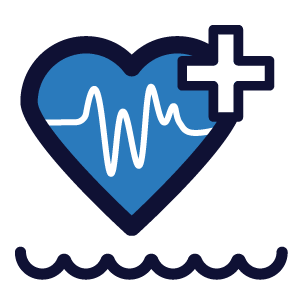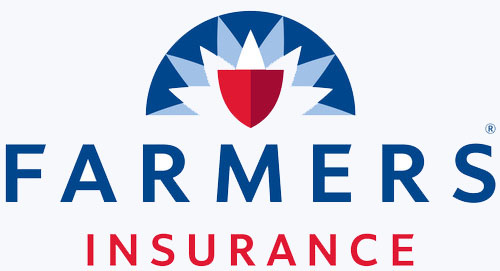Boat & PWC Insurance
Relax on the water knowing that you have your boat or personal watercraft insured.
What You Need To Know
Boat & Powered Watercraft Insurance
Bass boats, cruisers, catamarans and more
While cruising the water in your boat, the last thing you want to worry about is insurance. Contact us and let us take care of you. Then go back to fishing, sunbathing, or just relaxing on those cool, clear waters. We have a policy for most types of boats including bass boats, cruisers, fishing boats, pontoons, runabouts, sailboats, catamarans, and utility boats.
SMALLER VESSELS
Most companies provide limited coverage for property damage for small boats such as canoes and small
LARGER VESSELS
Larger and faster boats such as yachts and personal watercraft such as jet skis and wave runners require a separate boat insurance policy. The size, type, and value of the craft and the water in which you use it factor into how much you will pay for insurance coverage. For physical loss or damage, coverage includes the hull, machinery, fittings, furnishings and permanently attached equipment as part of either an actual cash value policy or on an agreed amount value basis. These policies also provide broader liability protection than a homeowners policy. But there are distinct differences between the two types of policies.
ACTUAL CASH VALUE
These policies pay for replacement costs less depreciation at the time of the loss. In the event of a total loss, used boat pricing guides and other resources are used to determine the vessel’s approximate market value. Partial losses are settled by taking the total cost of the repair less a percentage for depreciation.
AGREED AMOUNT VALUE
This type of policy means that you and your insurer have agreed on the value of your vessel and in the event of a total loss you will be paid that amount. Agreed Amount Value policies also replace old items for new in the event of a partial loss, without any deduction for depreciation.
ADDITIONAL COVERAGES
Boat Safety & Care
Reduce accidents and stay afloat
There are thousands of recreational boating accidents per year. Contributing factors to these accidents include traveling too fast for water or weather conditions, driving under the influence of drugs or alcohol, failing to follow boating rules and regulations, carelessness and inexperience.
SAFETY GUIDELINES
Make sure that every person on board the boat wears a life-jacket. Know and obey marine traffic laws, the “Rules-of-the-Road.” Learn various distress signals. Keep an alert lookout for other watercraft, swimmers, floating debris and shallow waters. Pay attention to loading. Don’t overload; distribute the load evenly; don’t stand up or shift weight suddenly in a small boat; and don’t permit riding on the bow, seatbacks or gunwales.
CARE & PROTECTION
Check weather forecasts before heading out. Let someone know where you’re going and when you expect to return. Check engine, fuel, electrical and steering systems, especially for exhaust-system leaks. Carry one or more fire extinguishers, matched to the size and type of boat. Keep them readily accessible and in condition for immediate use. Equip the vessel with required navigation lights and with a whistle, horn or bell. Consider additional safety devices, such as a paddle or oars, a first-aid kit, a supply of fresh water, a tool kit and spare parts, a flashlight, flare, and a radio.
SAFETY COURSES
Skippers can obtain free advice and boating-safety courses from the U.S. Coast Guard Auxiliary. Upon request, the auxiliary will conduct a Courtesy Marine Examination (CME) on your boat, checking electrical and safety equipment and fuel hoses. Boats meeting safety standards are awarded the CME decal “Seal of Safety.”




